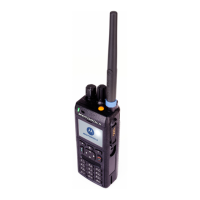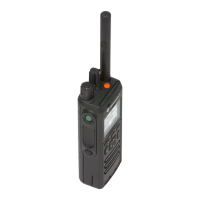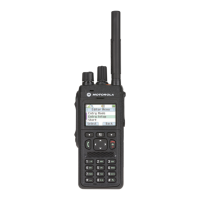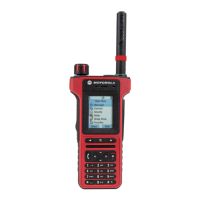Snohomish County PUD Radio Operations Manual • Rev. 6/03
73
Section V
Where Do I Go for Help With My Radio?
The Telecommunications Department is responsible for maintaining the Radio
System and the radio units. If your radio is not functioning properly, you need
new batteries, or have questions about radio operation, contact Telecommunica-
tions [Operations Center, 1st floor] at 425-783-5505.
How Does the Computerized Radio System Work?
The Radio System depends on the computer to control and allocate the radio re-
sources — similar to the District’s telephone system that allocates ‘trunk lines’ to
GTE so that users can place telephone calls. The Radio System computers allocate
radio channels in a ‘trunk line’ operation. This makes sure that users get features
and channels when required. It also permits management of the system to docu-
ment when expansion is required.
• In current system, only Dispatch and mobile units around the area can hear.
• In the Simulcast system, all radio units within a Talkgroup can hear.
• Simulcast Remote Sites use base stations to connect to the main system.
•The Main and Alternate Computers are housed at the Electric Building.
• Darrington and Index Base Stations are not on the Simulcast System but
can be patched into it by Dispatch when required.
See the Appendix for configuration diagrams of the Radio System.
What Happens When the Computer System Fails?
The “failsoft” system ensures that you will continue to have radio communica-
tions capability in the event of computer system failure. During operation, the
radio will automatically go into failsoft operation if the central controller fails for
any reason. While in failsoft, your radio will transmit and receive on a predeter-
mined frequency on a conventional, as opposed to computerized, channel.
How “Failsoft” Works
When the radio is in failsoft operation, you will hear a faint “beeping” sound ev-
ery ten seconds. At the same time, the display will alternate between showing
“FAILSOFT” and the current active Talkgroup.
You will lose the following features:
• Emergency Alarms
• Private Call
• Telephone Call
• Paging
In other words, your radio becomes like a two-way radio. You should observe
standard two-way radio transmission protocol by not “talking over” someone
who is already transmitting.
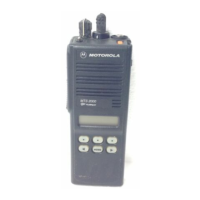
